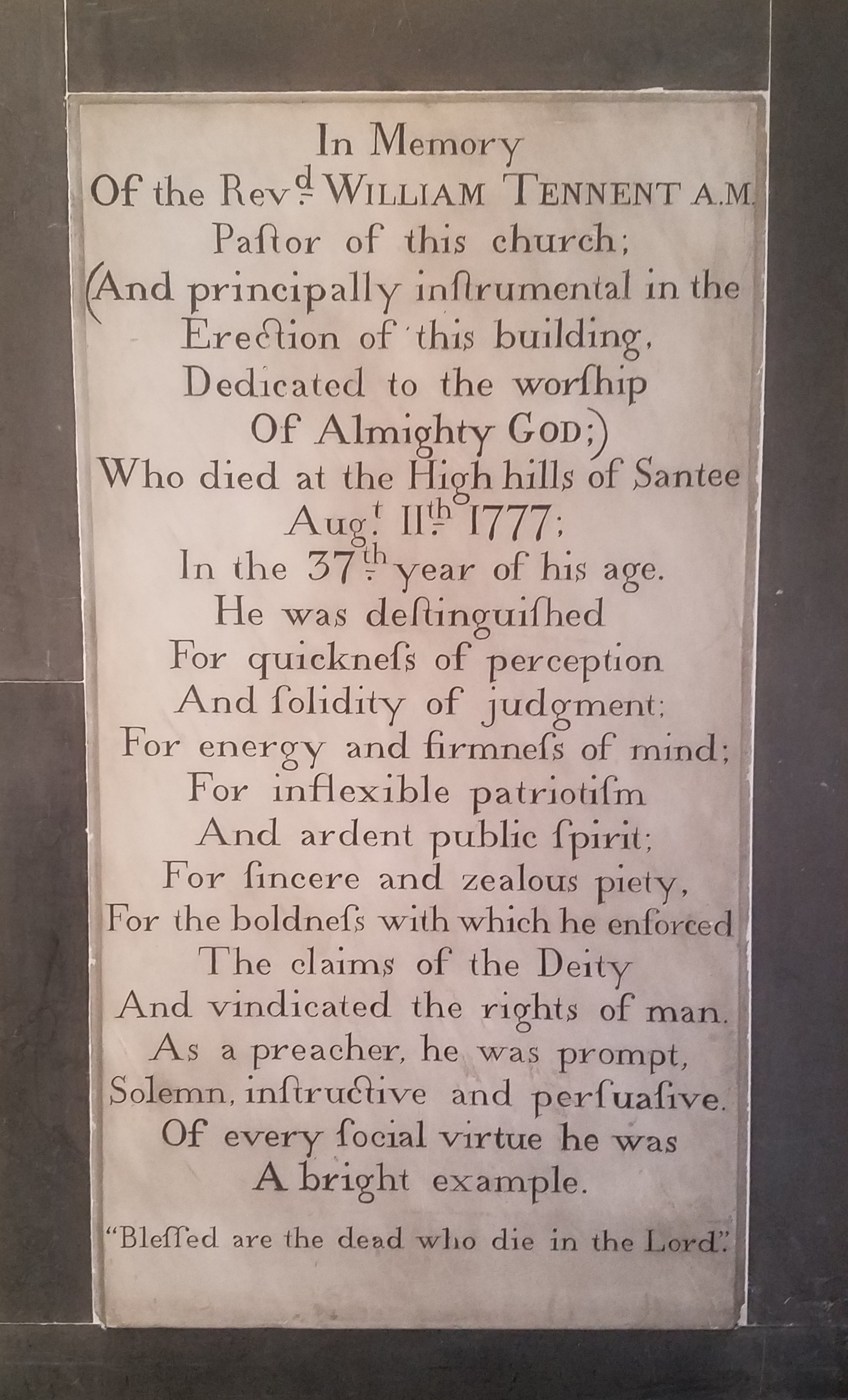(Receive our blog posts in your email by clicking here. If the author links in this post are broken, please visit our Free PDF Library and click on the author’s page directly.)
At one point in the movie Mary Poppins (1964), Bert asks Michael and Jane,
Look at it this way. You've got your mother to look after you. And Mary Poppins, and Constable Jones and me. Who looks after your father? Tell me that. When something terrible happens, what does he do? Fends for himself, he does. Who does he tell about it? No one! Don't blab his troubles at home. He just pushes on at his job, uncomplaining and alone and silent.
When John Bailey Adger prepared to depart on his missionary journey to from South Carolina to Smyrna (now known as Izmir, Turkey) in 1834, he wrote a farewell letter to his brethren at home. The scene of his departure was especially touching, as recounted in Adger’s autobiography, My Life and Times, because of his concern for his father.
The time drew nigh for my ordination, and in the Second Presbyterian church I was solemnly set apart by the Charleston Union Presbytery to the work of foreign missions. An immense audience gathered to witness the laying on of the Presbytery's hands. Before setting out I wrote and published a farewell letter to my friends throughout the State, giving them my reasons for the step I was taking. It was a day of weeping when my wife and I parted from her relatives and mine. My father accompanied us to New York and Boston. So did my brother James. The little brig that was to carry us to Smyrna was not quite ready to sail. We had also some purchases for our outfit to make in Boston. Having no occupation whilst we were making our purchases, the time hung heavy on my father's hands. I saw that he was much distressed at the prospect of separation, and at last I begged him to leave us. He started home early the next morning by stage. I went down with him and saw him in the stage, and my brother James subsequently informed me that, as they started off, my father laid his hands on the back of the seat before him, and bowed his head upon his hands and wept audibly and profusely. As for me, that was the bitterest hour of my life — up to that period. I had left my mother with my father to take care of her; but the thought that oppressed me was, who was I leaving behind me to take care of my father?
When we pray for missionaries, let us not only remember their families on the mission field, but also their families at home. There is a chain of relationships that are all connected, and all have their parts, and all merit our prayers — for the sake of the gospel. Pray for missionaries, and for their families at home and abroad. A father’s heart for his missionary son (and the son’s for the father) ought to spur to pray for the whole family as well as the whole work of missions.










